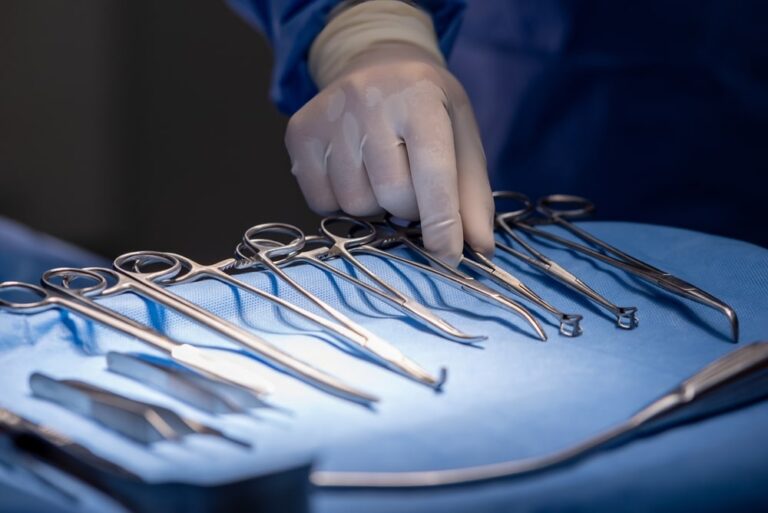Surgical scissors are one of the most fundamental tools in modern medicine. These precision tools serve numerous purposes in various medical specialties, from routine procedures to complex surgeries. Understanding the different applications of surgical scissors allows healthcare providers to select the right instrument for each task, ultimately improving patient outcomes and procedural efficiency.
Essential types and their primary functions
Healthcare facilities rely on several types of surgical scissors, each designed for specific applications. Mayo shears, with their robust construction, excel at cutting heavy tissues and sutures. Metzenbaum scissors provide delicate precision for soft tissue dissection. Iris scissors provide exceptional control for fine work in ophthalmology and plastic surgery.
The choice between straight and curved surgical scissors depends mainly on the accessibility of the operative field and the surgeon’s line of sight. Straight scissors provide superior control for superficial cuts and suture removal. Curved scissors improve visibility and access when working around anatomical structures or in confined spaces.
Applications in the field of cardiovascular surgery
Cardiovascular procedures require exceptional precision from surgical instruments. Scissors used in cardiac surgery must cut cleanly through varying tissue densities without causing unnecessary trauma. Surgeons use specialized cardiovascular scissors to trim grafts, create precise anastomoses and remove damaged tissue from the heart valves.
These procedures require scissors with ultra-sharp blades that maintain their cutting edge during long-term work. The instruments must also be resistant to corrosion by blood and other bodily fluids, while providing tactile feedback to surgeons working with delicate heart structures.
Orthopedic and trauma surgical applications
Orthopedic surgery presents unique challenges that require heavy-duty surgical scissors. These instruments must cut through tough connective tissue, ligaments, and sometimes synthetic materials used in joint replacements. Trauma surgeons rely on rugged scissors that can handle emergency situations where quick, decisive cuts are essential to patient survival.
The various uses of surgical scissors in orthopedics include cutting excess bone grafts, cutting surgical mesh, and removing damaged cartilage. These procedures often require scissors with improved durability and ergonomic designs that reduce surgeon fatigue during prolonged operations.
Microsurgery and delicate procedures
Microsurgical procedures require the highest precision of surgical instruments. Specialized micro scissors feature ultra-fine tips and spring mechanisms, giving surgeons exceptional control over tiny movements. These instruments are invaluable in neurosurgery, where millimeter precision can mean the difference between success and complications.
Ophthalmic surgery also relies heavily on precision scissors for procedures involving the cornea, retina, and other delicate eye structures. The scissors used in these applications often feature curved blades that allow surgeons to work around the natural contours of the eye while leaving the surgical field clearly visible.
Good maintenance for optimal performance
The lifespan and effectiveness of surgical scissors are highly dependent on proper maintenance and cleaning protocols. Healthcare facilities follow strict cleaning procedures to ensure these crucial instruments remain sterile and functional. Regular maintenance includes checking blade alignment, testing cutting action, and inspecting for signs of wear or damage.
Proper sterilization techniques maintain the sharpness of the scissors and eliminate potential pathogens. Ultrasonic cleaning effectively removes dirt from joint mechanisms and blade surfaces, while suitable lubricants ensure smooth operation between uses.
Select the right scissors for every application
Choosing the right surgical scissors requires understanding the specific requirements of each procedure. Factors such as tissue type, surgical approach and precision required all influence instrument choice. Surgeons must consider blade geometry, handle design, and instrument weight when making these critical decisions.
Training programs emphasize the importance of tailoring scissors to specific applications, as improper instrument selection can compromise surgical outcomes. This knowledge becomes essential in emergency situations, where rapid decisions on instrument selection can have a significant impact on patient care.

